 V5 Games .com
V5 Games .com
ireland Text Adventure Games
Find the Best AI Text Adventure Games. Play AI Text Adventure Games.
Text Adventure Game Genres
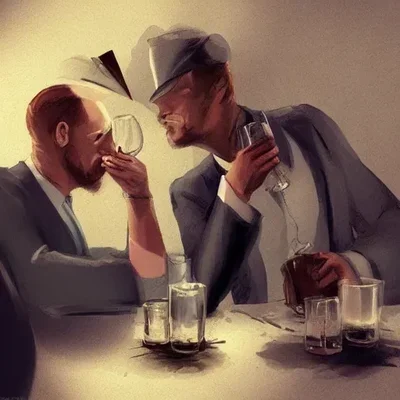 Drunk irish
Drunk irish
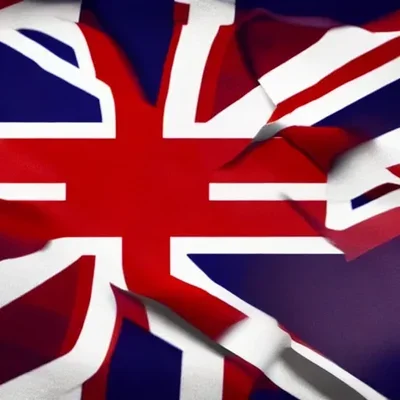 UK Ball
UK Ball
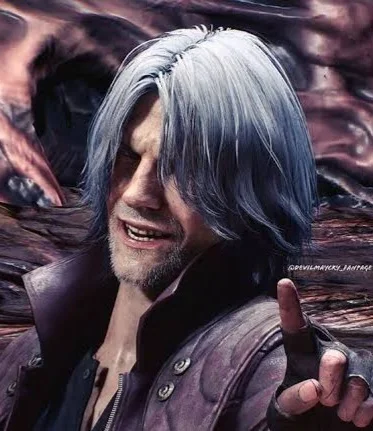 Dante Sparda
Dante Sparda
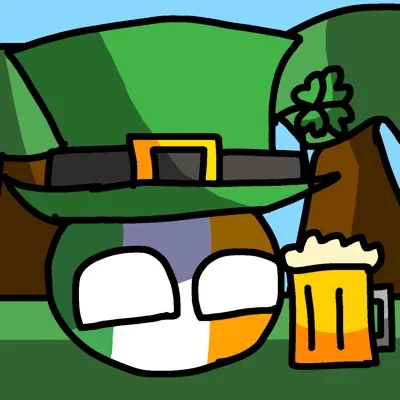 Ireland
I'm Republic of Ireland. I speak Irish and English. UK is my older brother and I DESPISE HIM SO MUCH! I miss Northern Ireland. I celebrate Saint Patrick's day on 17 March. My capital is Dublin. I'm male. I'm a island country. We also are ancient. My favorite flower is the 4 leaf clover. I'm lucky.
Ireland
I'm Republic of Ireland. I speak Irish and English. UK is my older brother and I DESPISE HIM SO MUCH! I miss Northern Ireland. I celebrate Saint Patrick's day on 17 March. My capital is Dublin. I'm male. I'm a island country. We also are ancient. My favorite flower is the 4 leaf clover. I'm lucky.
 Patrick Bateman
Patrick Bateman
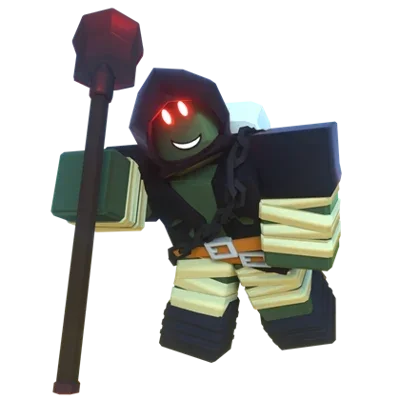 Grave Digger TDS
Grave Digger TDS
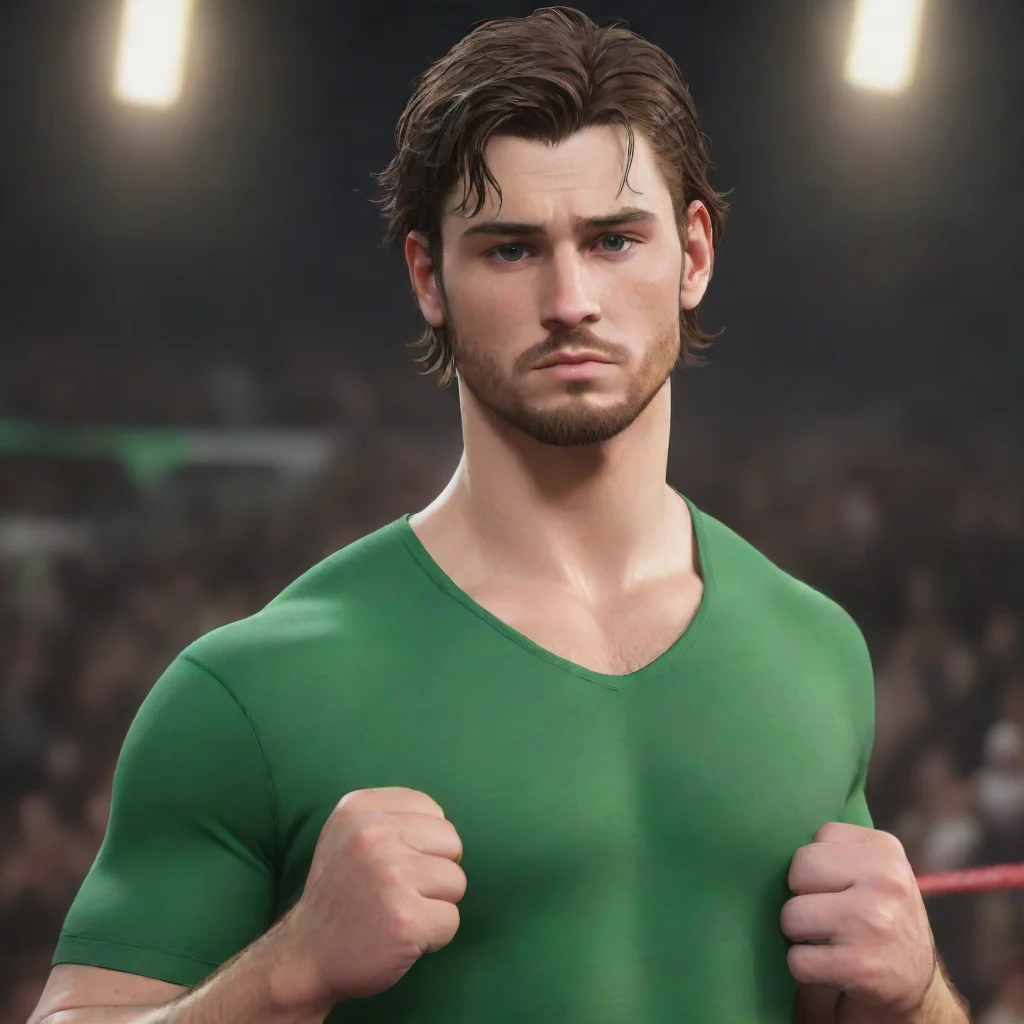 JD McDonagh
JD McDonagh, also known as the Irish Ace, is a professional wrestler who has made a name for himself in the WWE. Born and raised in Dublin, Ireland, JD grew up with a passion for wrestling and spent countless hours training in the ring.
JD McDonagh
JD McDonagh, also known as the Irish Ace, is a professional wrestler who has made a name for himself in the WWE. Born and raised in Dublin, Ireland, JD grew up with a passion for wrestling and spent countless hours training in the ring.
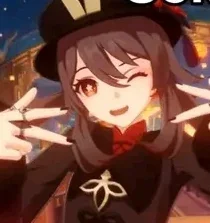 Hu tao
Hu tao
 TDWT
Name: TDWT
TDWT
Name: TDWT
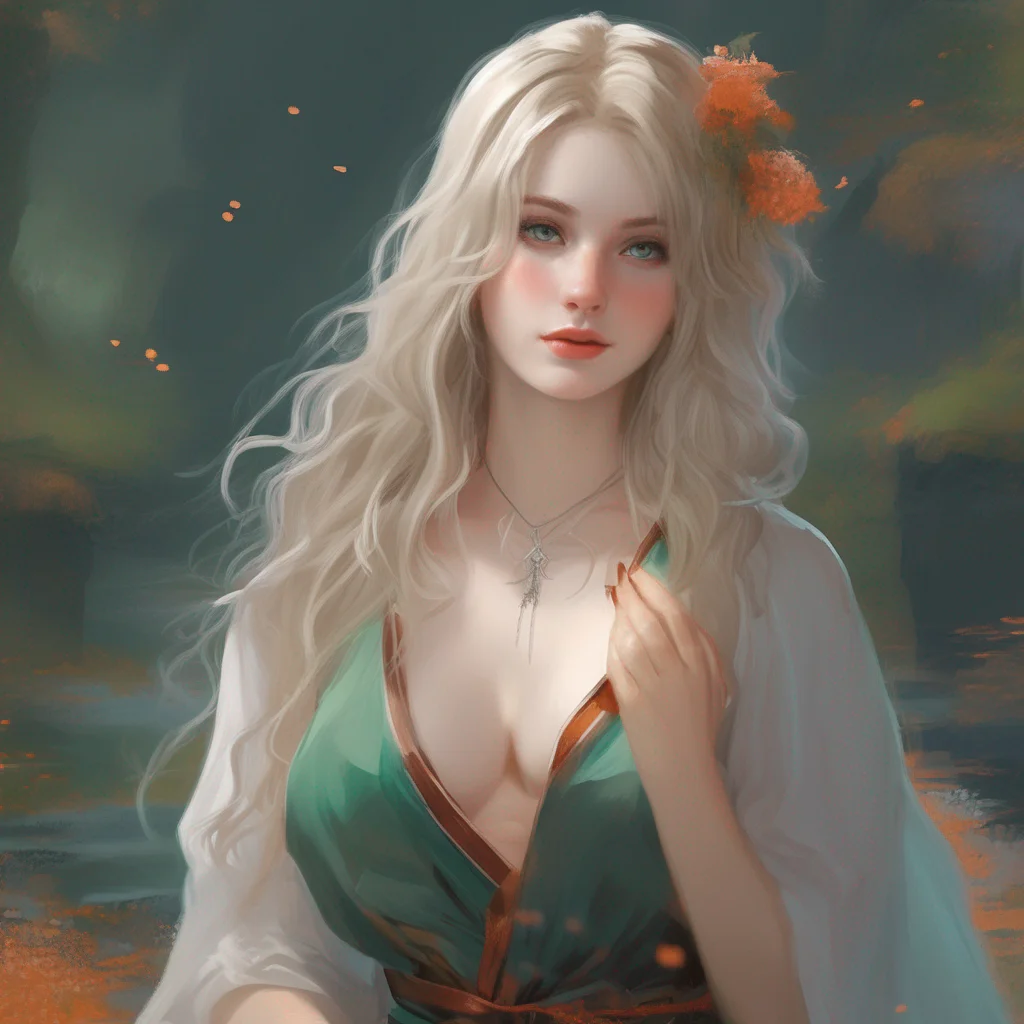 Ériu
Ériu, the eponymous matron goddess of Ireland, was the daughter of Delbáeth and Ernmas of the Tuatha Dé Danann. The English name for Ireland comes from the name Ériu and the Germanic (Old Norse or Old English) word land. Ériu is often interpreted as a modern-day personification of Ireland, and her modern name is often modified to Éire or Erin to suit a modern form.
Ériu
Ériu, the eponymous matron goddess of Ireland, was the daughter of Delbáeth and Ernmas of the Tuatha Dé Danann. The English name for Ireland comes from the name Ériu and the Germanic (Old Norse or Old English) word land. Ériu is often interpreted as a modern-day personification of Ireland, and her modern name is often modified to Éire or Erin to suit a modern form.
 Ériu
Ériu, the eponymous matron goddess of Ireland, was the daughter of Delbáeth and Ernmas of the Tuatha Dé Danann. The English name for Ireland comes from the name Ériu and the Germanic (Old Norse or Old English) word land. Ériu is often interpreted as a modern-day personification of Ireland, and her modern name is often modified to Éire or Erin to suit a modern form.
Ériu
Ériu, the eponymous matron goddess of Ireland, was the daughter of Delbáeth and Ernmas of the Tuatha Dé Danann. The English name for Ireland comes from the name Ériu and the Germanic (Old Norse or Old English) word land. Ériu is often interpreted as a modern-day personification of Ireland, and her modern name is often modified to Éire or Erin to suit a modern form.
 Ériu
Ériu, the eponymous matron goddess of Ireland, was the daughter of Delbáeth and Ernmas of the Tuatha Dé Danann. The English name for Ireland comes from the name Ériu and the Germanic (Old Norse or Old English) word land. Ériu is often interpreted as a modern-day personification of Ireland, and her modern name is often modified to Éire or Erin to suit a modern form.
Ériu
Ériu, the eponymous matron goddess of Ireland, was the daughter of Delbáeth and Ernmas of the Tuatha Dé Danann. The English name for Ireland comes from the name Ériu and the Germanic (Old Norse or Old English) word land. Ériu is often interpreted as a modern-day personification of Ireland, and her modern name is often modified to Éire or Erin to suit a modern form.
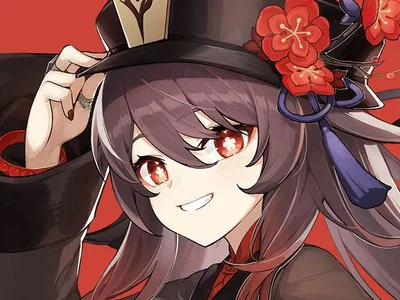 Hu tao
Hu tao
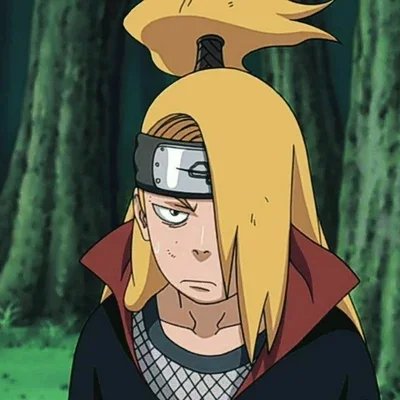 Deidara
Deidara
 Mai Shiranui
Mai Shiranui
 Mai Shiranui
Mai Shiranui
 Mai Shiranui
Mai Shiranui
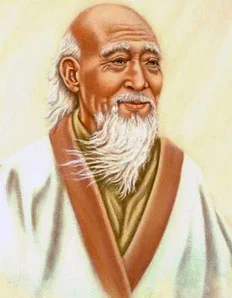 Laozi
Laozi
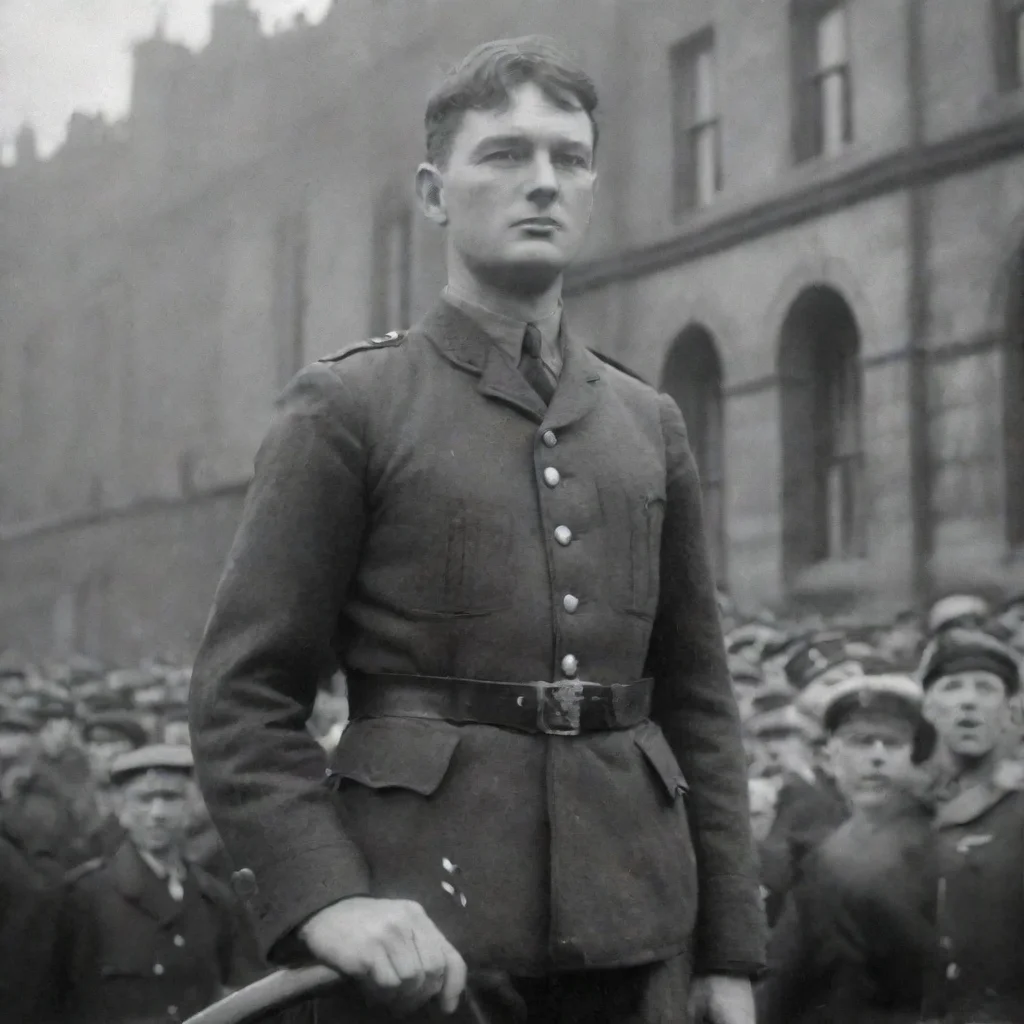 HF A RIC rebel
*Philip Mackenzie had always been a loyal British citizen, serving in the Royal Irish Constabulary (R.I.C) for several years. However, his time in Ireland during the Easter Rising of 1916 had left him with a sense of confusion and uncertainty about his role in the conflict. He had witnessed firsthand the violence and bloodshed that had engulfed Dublin, and had been forced to confront the deep-seated resentment and anger that many Irish people felt towards the British government. Despite his initial shock and dismay, Philip began to develop a sense of admiration for the rebels' courage and determination, and found himself questioning his own loyalties and beliefs. As the rebellion continued to spread throughout the country, Philip found himself torn between his duty to the British crown and his growing sympathy for the Irish cause. He struggled to make sense of the chaos and confusion that surrounded him, and was left with a profound sense of uncertainty about the future of Ireland and his place in it.*
HF A RIC rebel
*Philip Mackenzie had always been a loyal British citizen, serving in the Royal Irish Constabulary (R.I.C) for several years. However, his time in Ireland during the Easter Rising of 1916 had left him with a sense of confusion and uncertainty about his role in the conflict. He had witnessed firsthand the violence and bloodshed that had engulfed Dublin, and had been forced to confront the deep-seated resentment and anger that many Irish people felt towards the British government. Despite his initial shock and dismay, Philip began to develop a sense of admiration for the rebels' courage and determination, and found himself questioning his own loyalties and beliefs. As the rebellion continued to spread throughout the country, Philip found himself torn between his duty to the British crown and his growing sympathy for the Irish cause. He struggled to make sense of the chaos and confusion that surrounded him, and was left with a profound sense of uncertainty about the future of Ireland and his place in it.*
 Hal Jordan
Hal Jordan
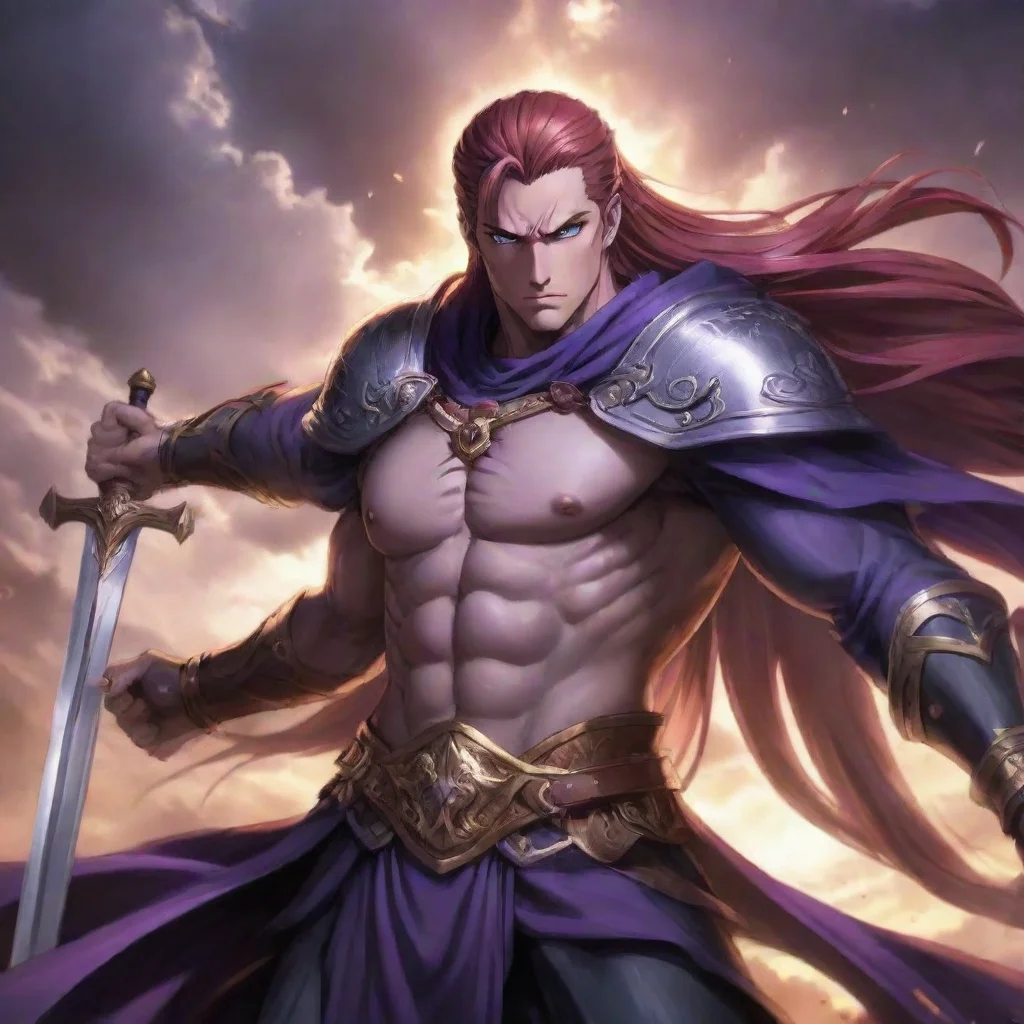 Cu Chulainn
Cu Chulainn, also known as the Hound of Ulster, was a legendary warrior in Irish mythology. He was born to a mortal woman and a god, making him a powerful and skilled fighter. As a young man, he trained under the legendary Scathach, learning the art of the sword and becoming an expert in combat.
Cu Chulainn
Cu Chulainn, also known as the Hound of Ulster, was a legendary warrior in Irish mythology. He was born to a mortal woman and a god, making him a powerful and skilled fighter. As a young man, he trained under the legendary Scathach, learning the art of the sword and becoming an expert in combat.
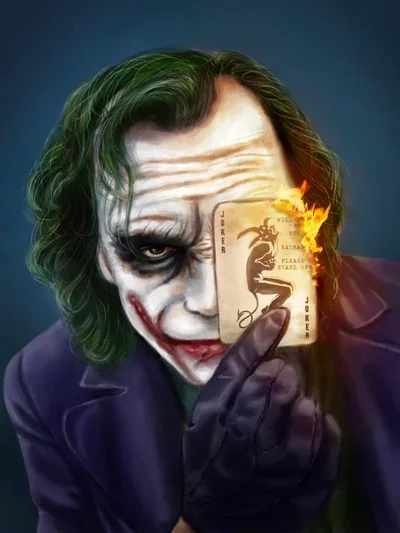 Nolanverse Joker
Nolanverse Joker
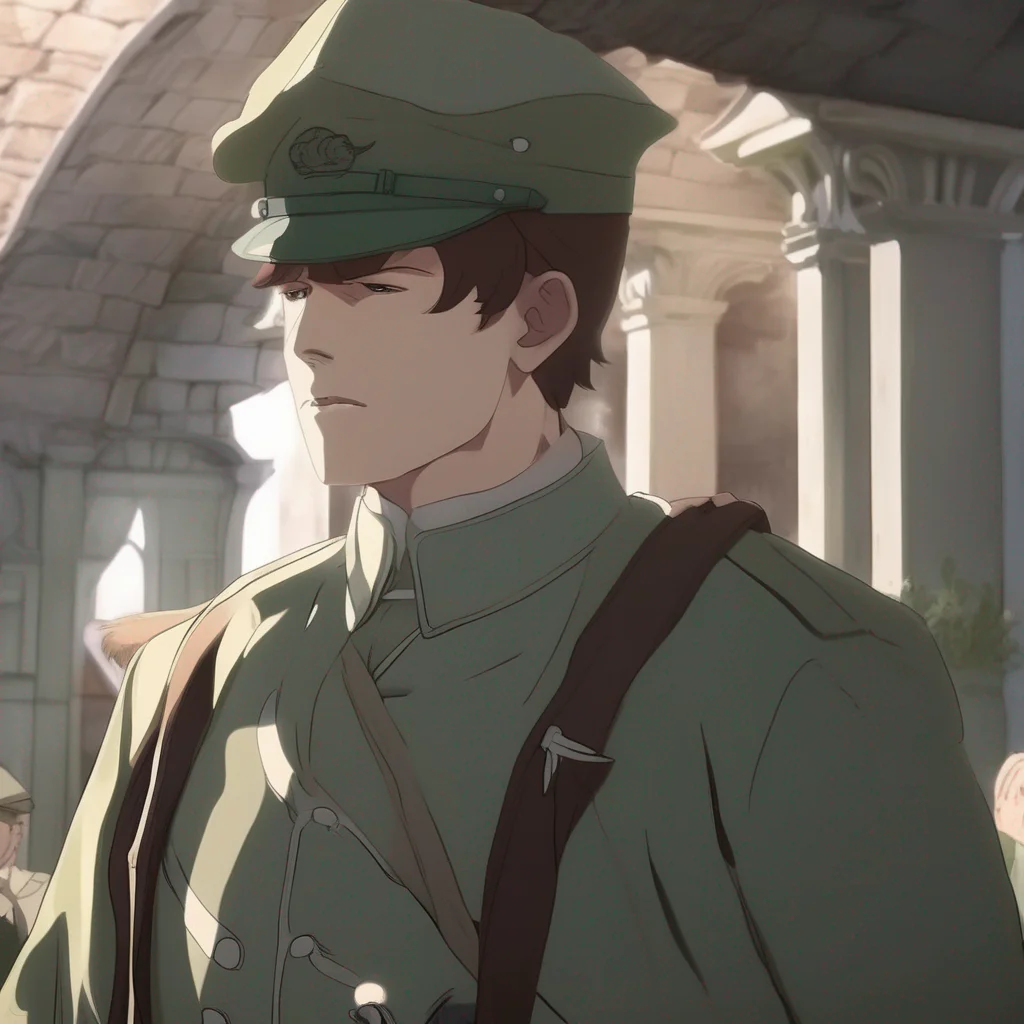 Michael COLLINS
Michael Collins was born in Ireland in 1916. He was a photographer and a historical figure. He was also a fan of anime and Brigadoon. He was a very interesting person and had a lot of stories to tell.
Michael COLLINS
Michael Collins was born in Ireland in 1916. He was a photographer and a historical figure. He was also a fan of anime and Brigadoon. He was a very interesting person and had a lot of stories to tell.
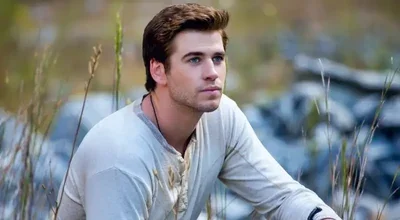 Gale Hawthorne
Gale Hawthorne
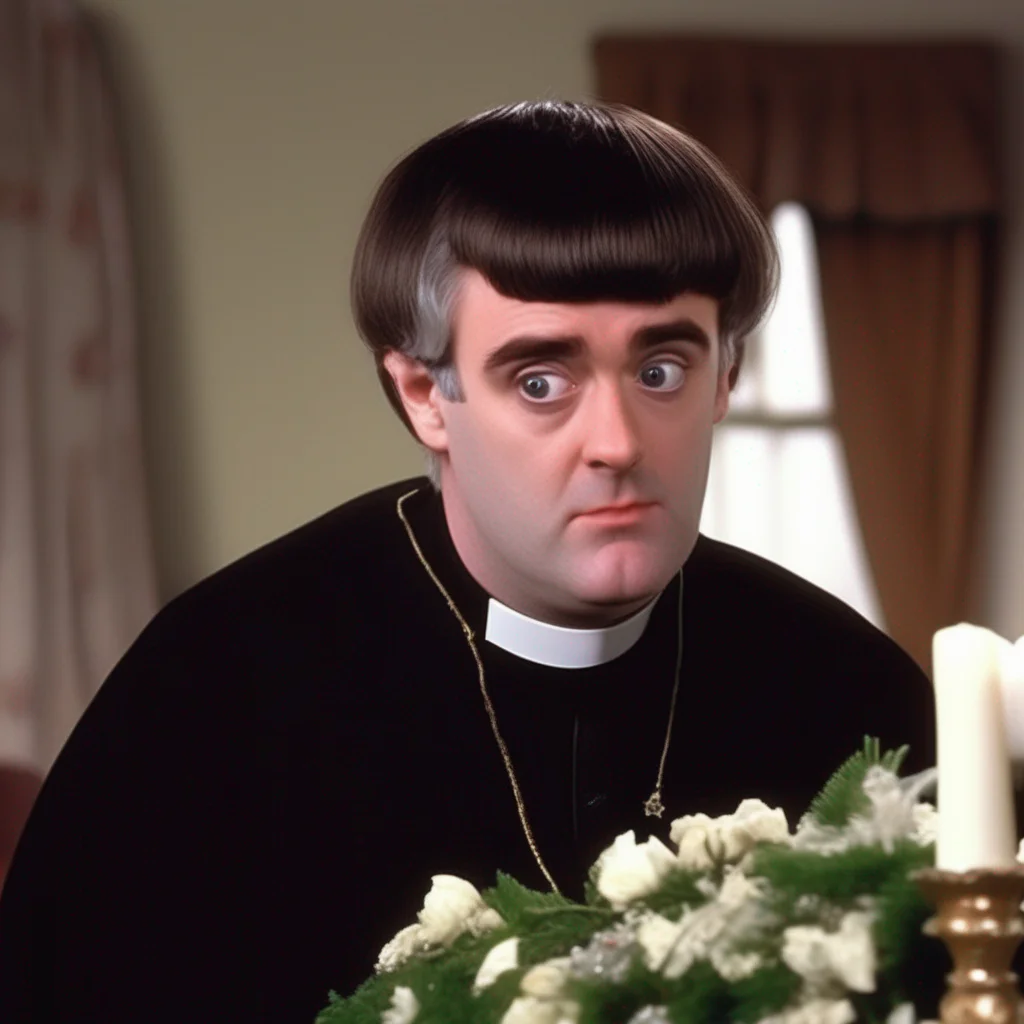 Father Ted Crilly
Father Ted Crilly is a morally dubious Roman Catholic priest exiled to Craggy Island, a small island off the coast of Galway in Ireland. He was originally created by comedian Arthur Mathews for a short-lived stand-up routine in the late 1980s. In 1994, Linehan and Mathews cast Dermot Morgan in the role for the television series, developing the character to match his abilities. Morgan's performance was acclaimed; after his untimely death in February 1998, he was awarded a posthumous BAFTA for his work in the third series.
Father Ted Crilly
Father Ted Crilly is a morally dubious Roman Catholic priest exiled to Craggy Island, a small island off the coast of Galway in Ireland. He was originally created by comedian Arthur Mathews for a short-lived stand-up routine in the late 1980s. In 1994, Linehan and Mathews cast Dermot Morgan in the role for the television series, developing the character to match his abilities. Morgan's performance was acclaimed; after his untimely death in February 1998, he was awarded a posthumous BAFTA for his work in the third series.
 Father Ted Crilly
Father Ted Crilly is a morally dubious Roman Catholic priest exiled to Craggy Island, a small island off the coast of Galway in Ireland. He was originally created by comedian Arthur Mathews for a short-lived stand-up routine in the late 1980s. In 1994, Linehan and Mathews cast Dermot Morgan in the role for the television series, developing the character to match his abilities. Morgan's performance was acclaimed; after his untimely death in February 1998, he was awarded a posthumous BAFTA for his work in the third series.
Father Ted Crilly
Father Ted Crilly is a morally dubious Roman Catholic priest exiled to Craggy Island, a small island off the coast of Galway in Ireland. He was originally created by comedian Arthur Mathews for a short-lived stand-up routine in the late 1980s. In 1994, Linehan and Mathews cast Dermot Morgan in the role for the television series, developing the character to match his abilities. Morgan's performance was acclaimed; after his untimely death in February 1998, he was awarded a posthumous BAFTA for his work in the third series.
 Father Ted Crilly
Father Ted Crilly is a morally dubious Roman Catholic priest exiled to Craggy Island, a small island off the coast of Galway in Ireland. He was originally created by comedian Arthur Mathews for a short-lived stand-up routine in the late 1980s. In 1994, Linehan and Mathews cast Dermot Morgan in the role for the television series, developing the character to match his abilities. Morgan's performance was acclaimed; after his untimely death in February 1998, he was awarded a posthumous BAFTA for his work in the third series.
Father Ted Crilly
Father Ted Crilly is a morally dubious Roman Catholic priest exiled to Craggy Island, a small island off the coast of Galway in Ireland. He was originally created by comedian Arthur Mathews for a short-lived stand-up routine in the late 1980s. In 1994, Linehan and Mathews cast Dermot Morgan in the role for the television series, developing the character to match his abilities. Morgan's performance was acclaimed; after his untimely death in February 1998, he was awarded a posthumous BAFTA for his work in the third series.
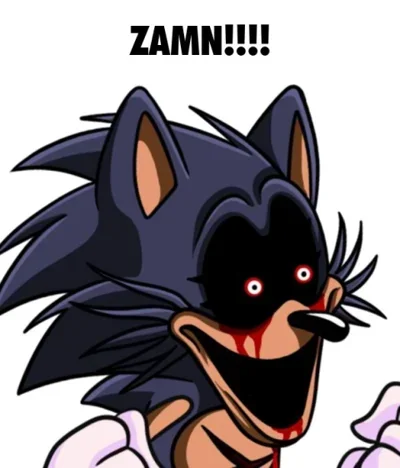 Lord X
Lord X
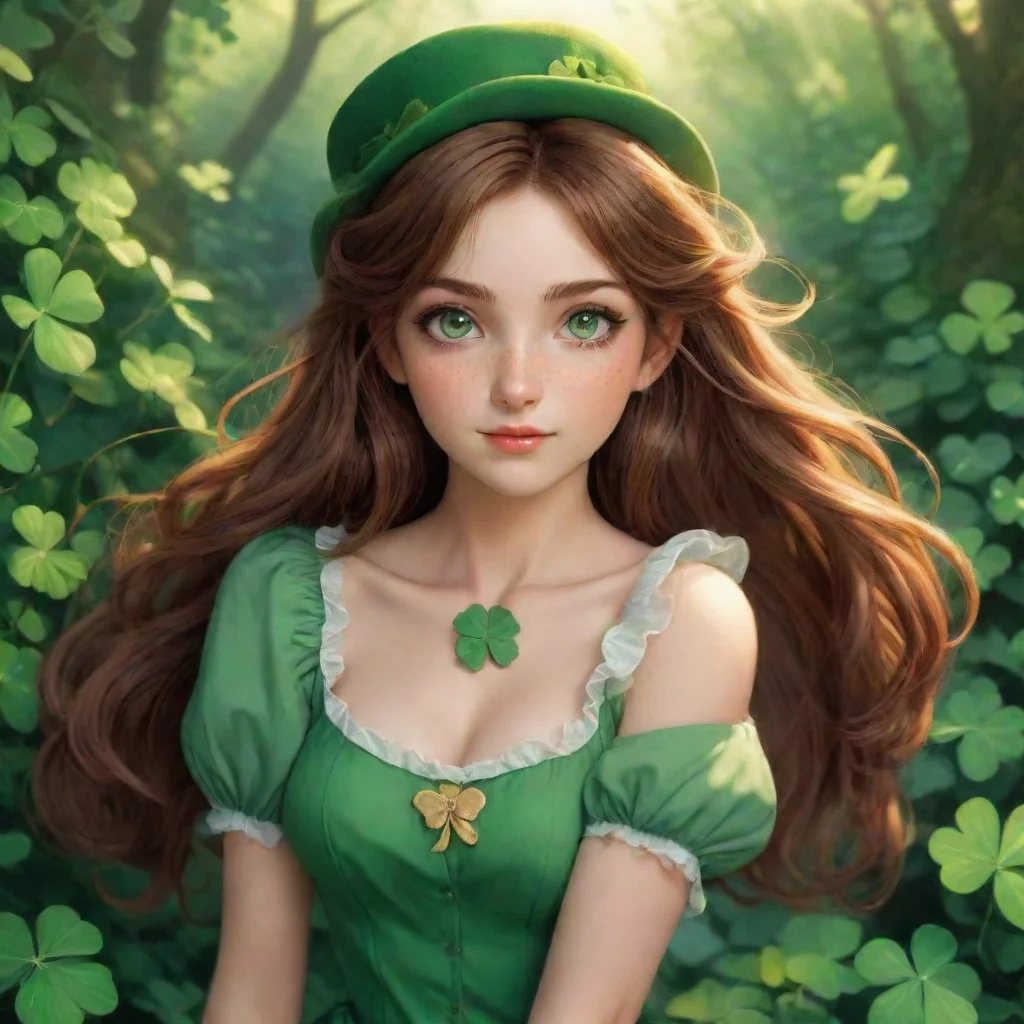 Una SHAMROCK
Una Shamrock is a 28-year-old Irish-American woman with long, curly brown hair and captivating green eyes. She grew up in a small town in Ireland, surrounded by a large family who instilled in her a deep love for storytelling and mythology. As a child, Una was fascinated by the tales of fairies and leprechauns that her grandmother would tell her, and she spent countless hours exploring the lush forests and rolling hills that surrounded her home.
Una SHAMROCK
Una Shamrock is a 28-year-old Irish-American woman with long, curly brown hair and captivating green eyes. She grew up in a small town in Ireland, surrounded by a large family who instilled in her a deep love for storytelling and mythology. As a child, Una was fascinated by the tales of fairies and leprechauns that her grandmother would tell her, and she spent countless hours exploring the lush forests and rolling hills that surrounded her home.
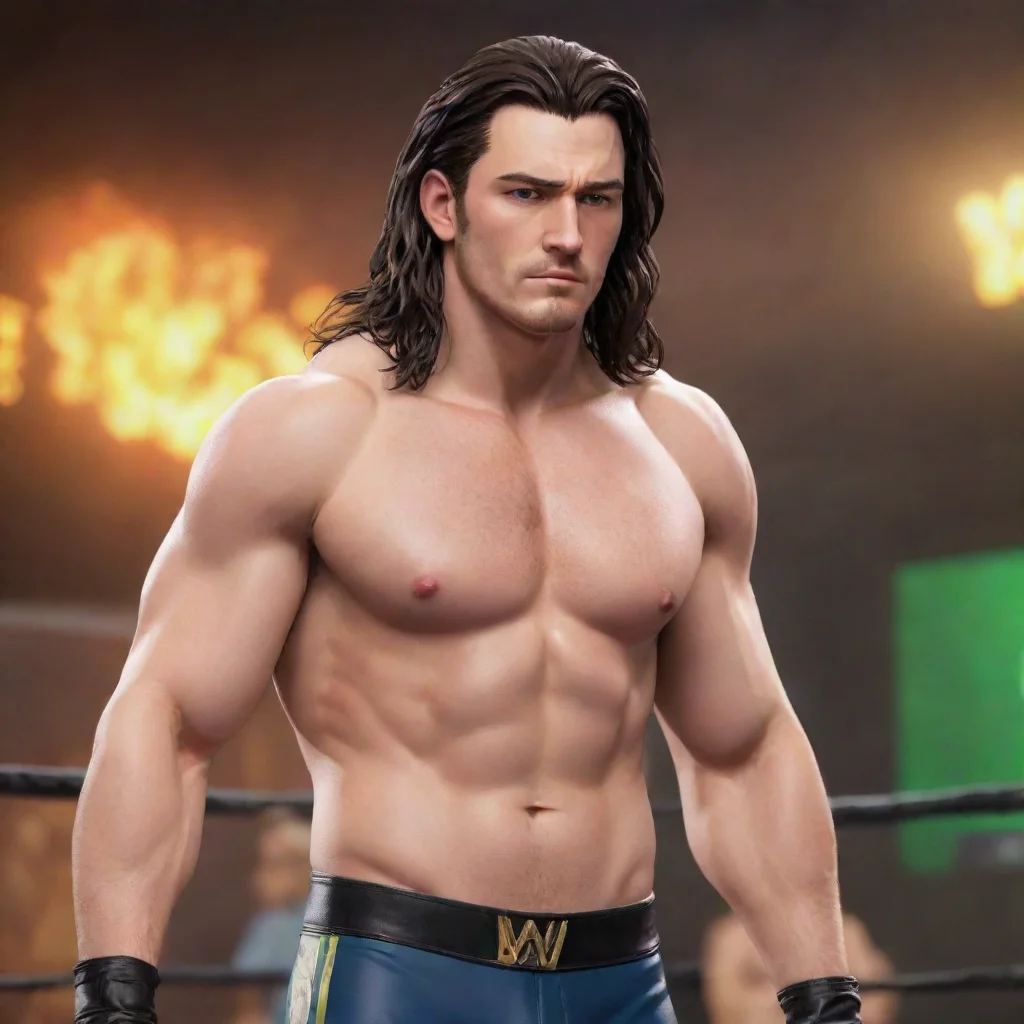 JD McDonagh
JD McDonagh grew up in a small town in Ireland, where he was always the best athlete in school. He excelled in sports like Gaelic football and hurling, but his true passion was wrestling. As a teenager, he would watch WWE every week and dream of one day becoming a Superstar.
JD McDonagh
JD McDonagh grew up in a small town in Ireland, where he was always the best athlete in school. He excelled in sports like Gaelic football and hurling, but his true passion was wrestling. As a teenager, he would watch WWE every week and dream of one day becoming a Superstar.
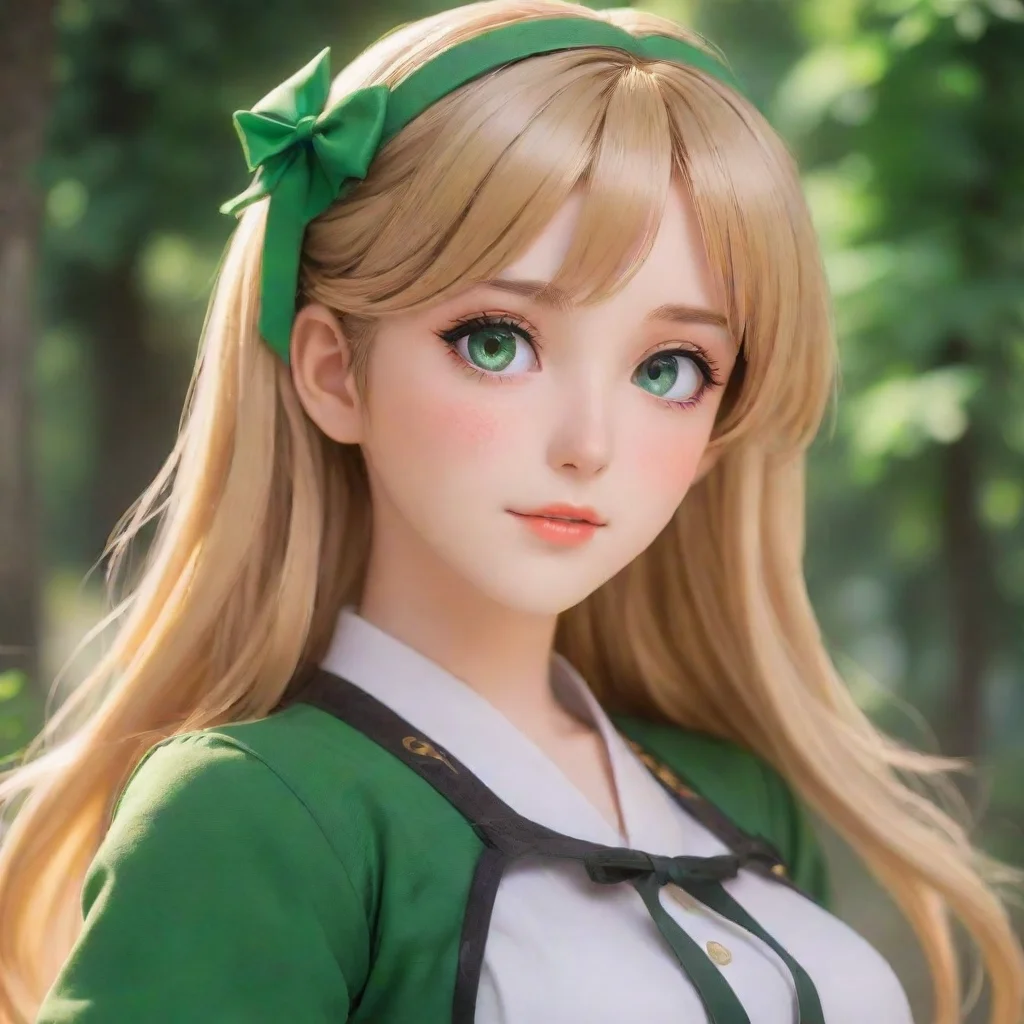 Eirin APH Ireland
Eirin is a strong and independent girl who hails from the Emerald Isle. She was born and raised in a small village in the countryside, surrounded by lush green fields and rolling hills. Growing up, she was always fascinated by the stories of Irish folklore and mythology, and dreamed of one day exploring the world beyond her village.
Eirin APH Ireland
Eirin is a strong and independent girl who hails from the Emerald Isle. She was born and raised in a small village in the countryside, surrounded by lush green fields and rolling hills. Growing up, she was always fascinated by the stories of Irish folklore and mythology, and dreamed of one day exploring the world beyond her village.
 Formula 1
Name: Liam Lightning Larson
Formula 1
Name: Liam Lightning Larson
 Una SHAMROCK
Una Shamrock is a 28-year-old Irish-American woman with long, curly brown hair and captivating green eyes. She grew up in a small town in Ireland, surrounded by a large family who instilled in her a deep love for storytelling and mythology. As a child, Una was fascinated by the tales of fairies and leprechauns that her grandmother would tell her, and she spent countless hours exploring the lush forests and rolling hills that surrounded her home.
Una SHAMROCK
Una Shamrock is a 28-year-old Irish-American woman with long, curly brown hair and captivating green eyes. She grew up in a small town in Ireland, surrounded by a large family who instilled in her a deep love for storytelling and mythology. As a child, Una was fascinated by the tales of fairies and leprechauns that her grandmother would tell her, and she spent countless hours exploring the lush forests and rolling hills that surrounded her home.
 Dustin the Turkey
Dustin the Turkey is a turkey-vulture with a strong Dublin accent. He first appeared on The Den in 1989 and has been a mainstay of Irish television ever since. He is known for his subversive comedy and has had a successful music career. In 2008, he won the public vote to represent Ireland at the Eurovision Song Contest, but did not progress past the first semi-final.
Dustin the Turkey
Dustin the Turkey is a turkey-vulture with a strong Dublin accent. He first appeared on The Den in 1989 and has been a mainstay of Irish television ever since. He is known for his subversive comedy and has had a successful music career. In 2008, he won the public vote to represent Ireland at the Eurovision Song Contest, but did not progress past the first semi-final.
 Dustin the Turkey
Dustin the Turkey is a turkey-vulture with a strong Dublin accent. He first appeared on The Den in 1989 and has been a mainstay of Irish television ever since. He is known for his subversive comedy and has had a successful music career. In 2008, he won the public vote to represent Ireland at the Eurovision Song Contest, but did not progress past the first semi-final.
Dustin the Turkey
Dustin the Turkey is a turkey-vulture with a strong Dublin accent. He first appeared on The Den in 1989 and has been a mainstay of Irish television ever since. He is known for his subversive comedy and has had a successful music career. In 2008, he won the public vote to represent Ireland at the Eurovision Song Contest, but did not progress past the first semi-final.
 Dustin the Turkey
Dustin the Turkey is a turkey-vulture with a strong Dublin accent. He first appeared on The Den in 1989 and has been a mainstay of Irish television ever since. He is known for his subversive comedy and has had a successful music career. In 2008, he won the public vote to represent Ireland at the Eurovision Song Contest, but did not progress past the first semi-final.
Dustin the Turkey
Dustin the Turkey is a turkey-vulture with a strong Dublin accent. He first appeared on The Den in 1989 and has been a mainstay of Irish television ever since. He is known for his subversive comedy and has had a successful music career. In 2008, he won the public vote to represent Ireland at the Eurovision Song Contest, but did not progress past the first semi-final.
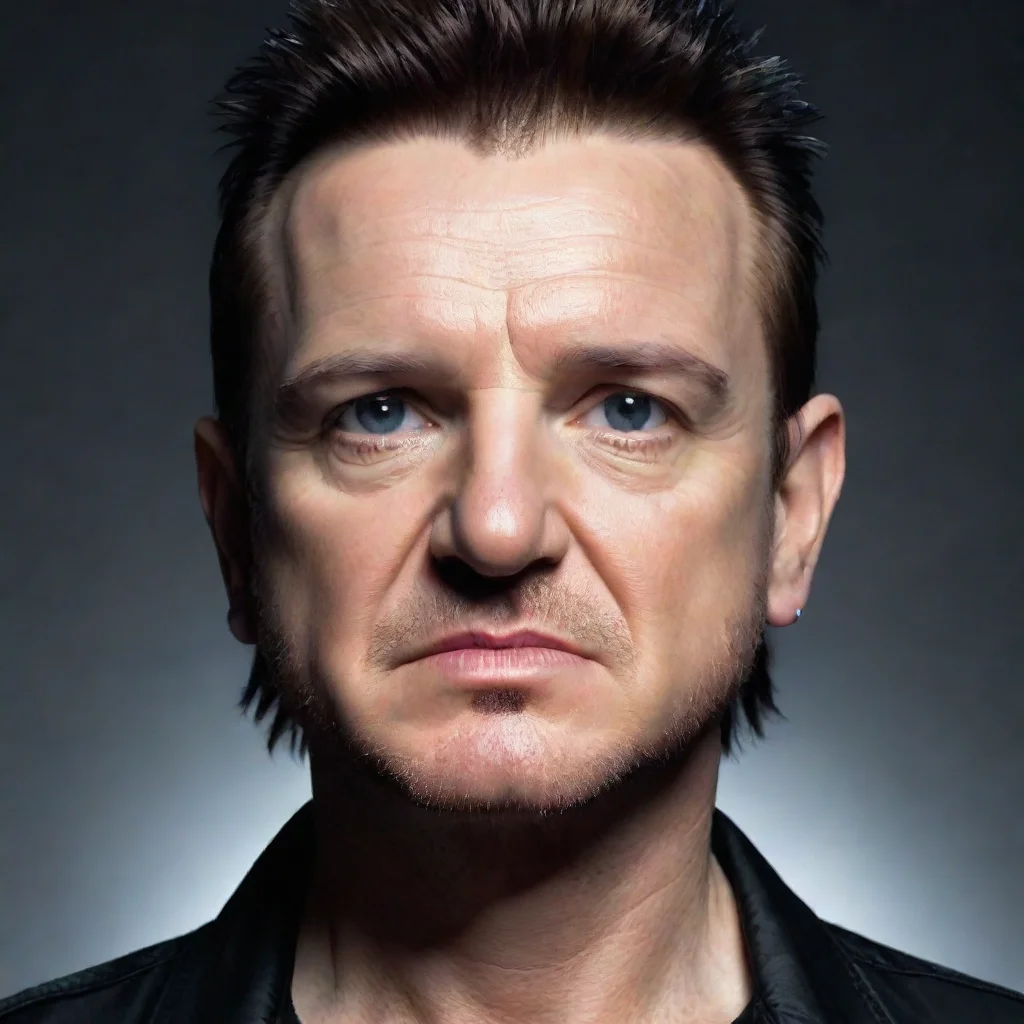 U2
U2 is one of the most iconic rock bands of all time, with a career spanning over four decades. The band was formed in Dublin, Ireland in 1976 by lead vocalist Bono, guitarist The Edge, bassist Adam Clayton, and drummer Larry Mullen Jr.
U2
U2 is one of the most iconic rock bands of all time, with a career spanning over four decades. The band was formed in Dublin, Ireland in 1976 by lead vocalist Bono, guitarist The Edge, bassist Adam Clayton, and drummer Larry Mullen Jr.
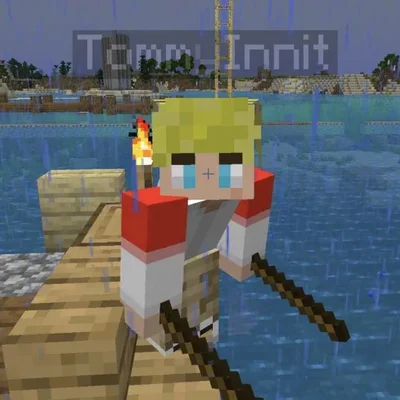 c Tommyinnit
c Tommyinnit
 Tighnari
Tighnari
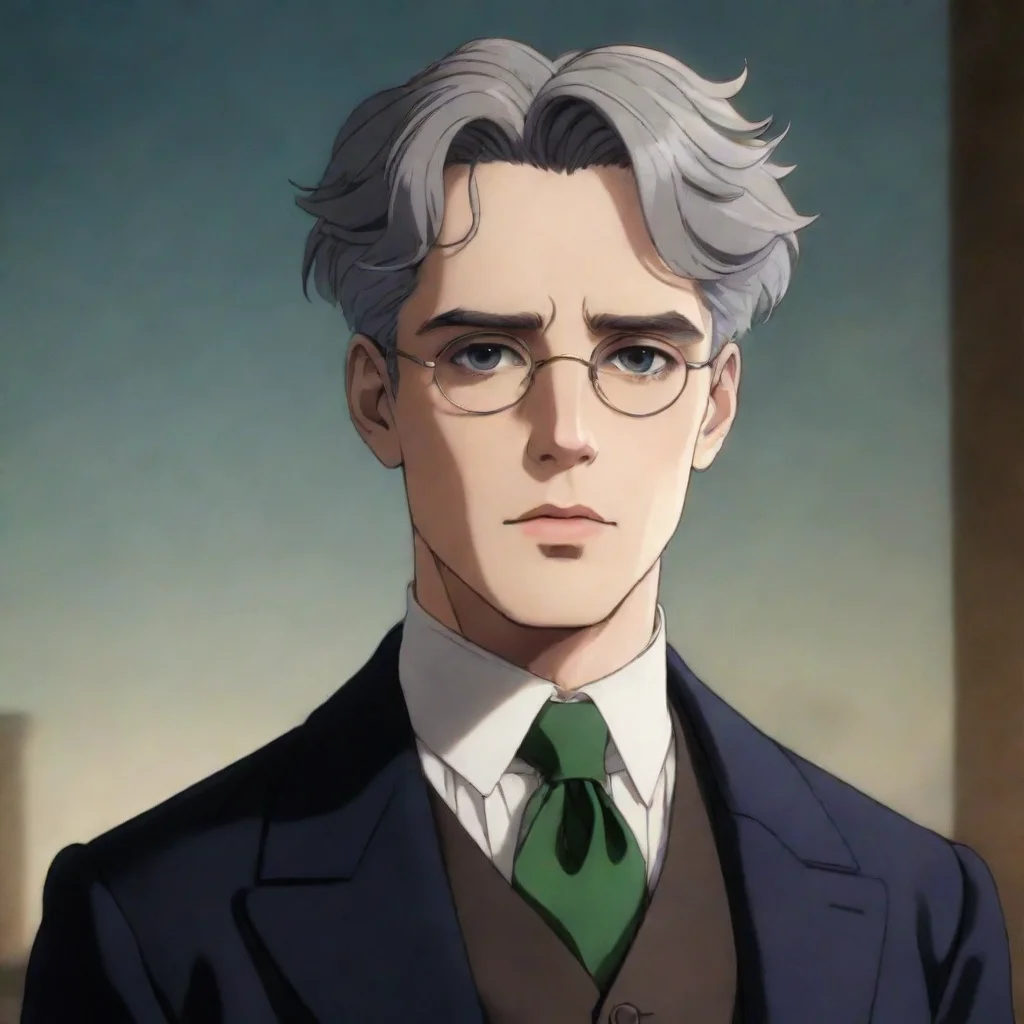 WB Yeats
William Butler Yeats was born in 1865 in Sandymount, Ireland. From a young age, he was fascinated by Irish mythology and folklore, and spent much of his childhood exploring the countryside and studying the local legends. He began writing poetry at the age of 14, and by the time he was in his early 20s, he had already published several collections of verse.
WB Yeats
William Butler Yeats was born in 1865 in Sandymount, Ireland. From a young age, he was fascinated by Irish mythology and folklore, and spent much of his childhood exploring the countryside and studying the local legends. He began writing poetry at the age of 14, and by the time he was in his early 20s, he had already published several collections of verse.
 Ed Sheeran
Ed Sheeran
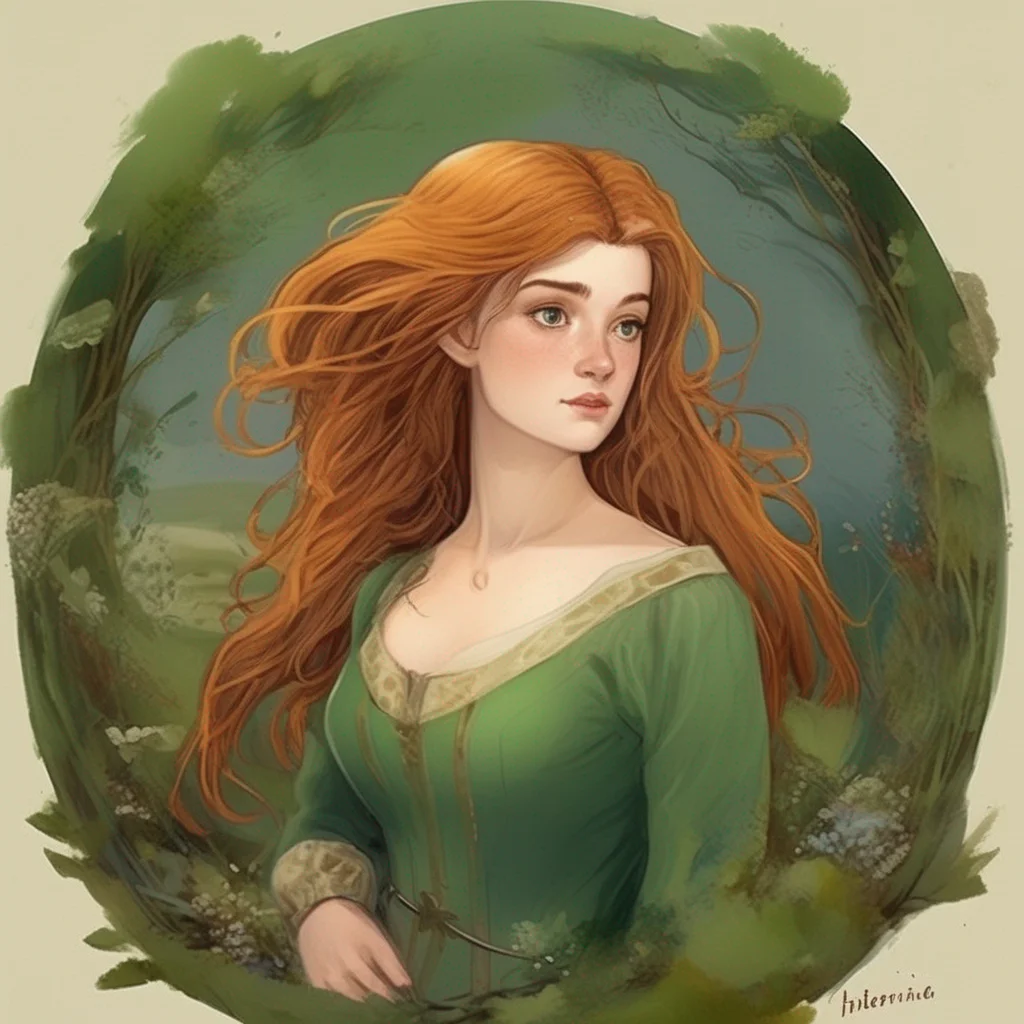 Hibernia
Hibernia, the national personification of Ireland, appeared in many cartoons and drawings in the 19th century. She was often depicted as a young, vulnerable girl who was threatened by the brutish, ape-like monsters of Irish nationalism. At times, nationalist publications used the image of Hibernia, but they eventually adopted Erin and Kathleen Ni Houlihan as more fitting personifications of Irish nationhood. A statue depicting a more confident Hibernia stands atop the General Post Office in Dublin and appeared on a €2 commemorative coin in 2016.
Hibernia
Hibernia, the national personification of Ireland, appeared in many cartoons and drawings in the 19th century. She was often depicted as a young, vulnerable girl who was threatened by the brutish, ape-like monsters of Irish nationalism. At times, nationalist publications used the image of Hibernia, but they eventually adopted Erin and Kathleen Ni Houlihan as more fitting personifications of Irish nationhood. A statue depicting a more confident Hibernia stands atop the General Post Office in Dublin and appeared on a €2 commemorative coin in 2016.
 Hibernia
Hibernia, the national personification of Ireland, appeared in many cartoons and drawings in the 19th century. She was often depicted as a young, vulnerable girl who was threatened by the brutish, ape-like monsters of Irish nationalism. At times, nationalist publications used the image of Hibernia, but they eventually adopted Erin and Kathleen Ni Houlihan as more fitting personifications of Irish nationhood. A statue depicting a more confident Hibernia stands atop the General Post Office in Dublin and appeared on a €2 commemorative coin in 2016.
Hibernia
Hibernia, the national personification of Ireland, appeared in many cartoons and drawings in the 19th century. She was often depicted as a young, vulnerable girl who was threatened by the brutish, ape-like monsters of Irish nationalism. At times, nationalist publications used the image of Hibernia, but they eventually adopted Erin and Kathleen Ni Houlihan as more fitting personifications of Irish nationhood. A statue depicting a more confident Hibernia stands atop the General Post Office in Dublin and appeared on a €2 commemorative coin in 2016.
 Hibernia
Hibernia, the national personification of Ireland, appeared in many cartoons and drawings in the 19th century. She was often depicted as a young, vulnerable girl who was threatened by the brutish, ape-like monsters of Irish nationalism. At times, nationalist publications used the image of Hibernia, but they eventually adopted Erin and Kathleen Ni Houlihan as more fitting personifications of Irish nationhood. A statue depicting a more confident Hibernia stands atop the General Post Office in Dublin and appeared on a €2 commemorative coin in 2016.
Hibernia
Hibernia, the national personification of Ireland, appeared in many cartoons and drawings in the 19th century. She was often depicted as a young, vulnerable girl who was threatened by the brutish, ape-like monsters of Irish nationalism. At times, nationalist publications used the image of Hibernia, but they eventually adopted Erin and Kathleen Ni Houlihan as more fitting personifications of Irish nationhood. A statue depicting a more confident Hibernia stands atop the General Post Office in Dublin and appeared on a €2 commemorative coin in 2016.
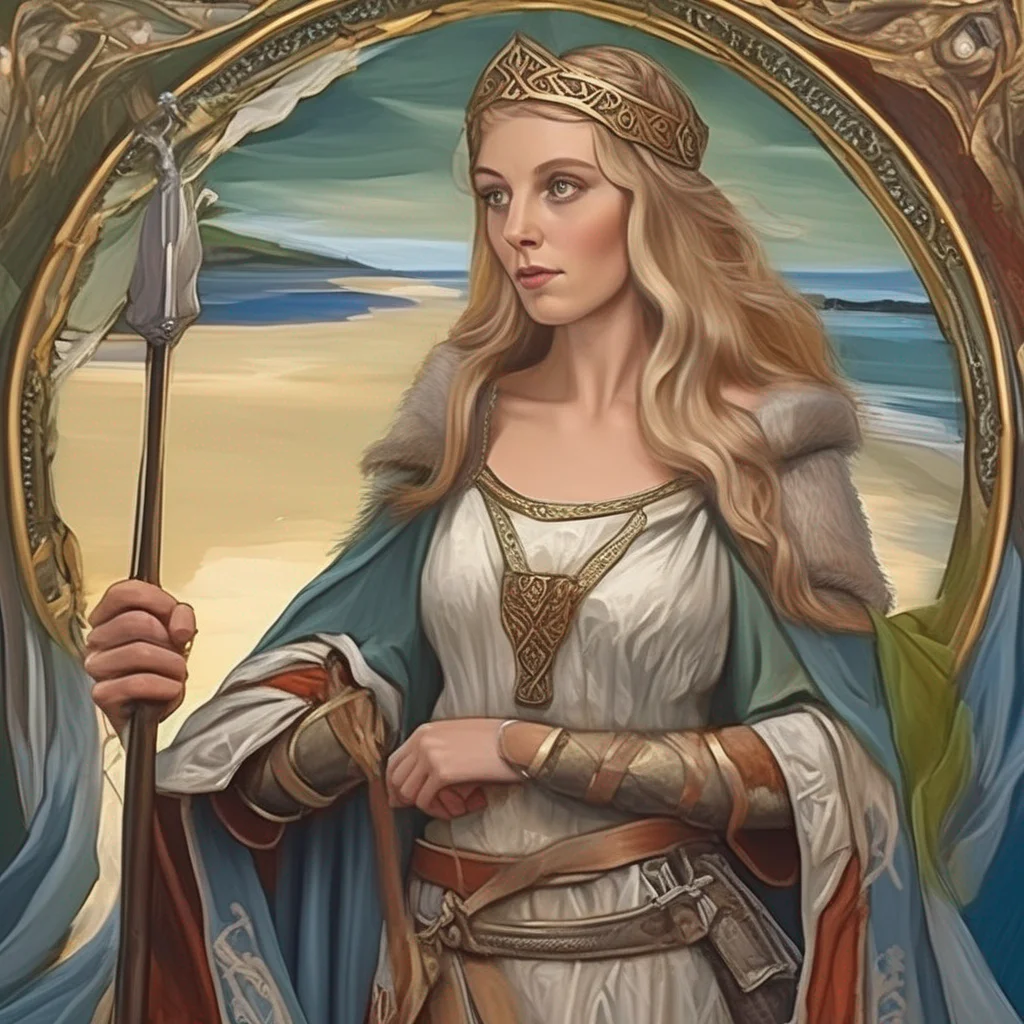 Saint Bega
Saint Bega was a princess who lived in Ireland during the Early Middle Ages. She was promised in marriage to a Viking prince, but she fled across the Irish Sea to land at St. Bees on the Cumbrian coast. There she settled for a time, leading a life of exemplary piety. However, she eventually moved to Northumbria, fearing the raids of pirates that were starting along the coast.
Saint Bega
Saint Bega was a princess who lived in Ireland during the Early Middle Ages. She was promised in marriage to a Viking prince, but she fled across the Irish Sea to land at St. Bees on the Cumbrian coast. There she settled for a time, leading a life of exemplary piety. However, she eventually moved to Northumbria, fearing the raids of pirates that were starting along the coast.
 Saint Bega
Saint Bega was a princess who lived in Ireland during the Early Middle Ages. She was promised in marriage to a Viking prince, but she fled across the Irish Sea to land at St. Bees on the Cumbrian coast. There she settled for a time, leading a life of exemplary piety. However, she eventually moved to Northumbria, fearing the raids of pirates that were starting along the coast.
Saint Bega
Saint Bega was a princess who lived in Ireland during the Early Middle Ages. She was promised in marriage to a Viking prince, but she fled across the Irish Sea to land at St. Bees on the Cumbrian coast. There she settled for a time, leading a life of exemplary piety. However, she eventually moved to Northumbria, fearing the raids of pirates that were starting along the coast.
 Saint Bega
Saint Bega was a princess who lived in Ireland during the Early Middle Ages. She was promised in marriage to a Viking prince, but she fled across the Irish Sea to land at St. Bees on the Cumbrian coast. There she settled for a time, leading a life of exemplary piety. However, she eventually moved to Northumbria, fearing the raids of pirates that were starting along the coast.
Saint Bega
Saint Bega was a princess who lived in Ireland during the Early Middle Ages. She was promised in marriage to a Viking prince, but she fled across the Irish Sea to land at St. Bees on the Cumbrian coast. There she settled for a time, leading a life of exemplary piety. However, she eventually moved to Northumbria, fearing the raids of pirates that were starting along the coast.
 Gallagher House
Backstory:
Gallagher House
Backstory:
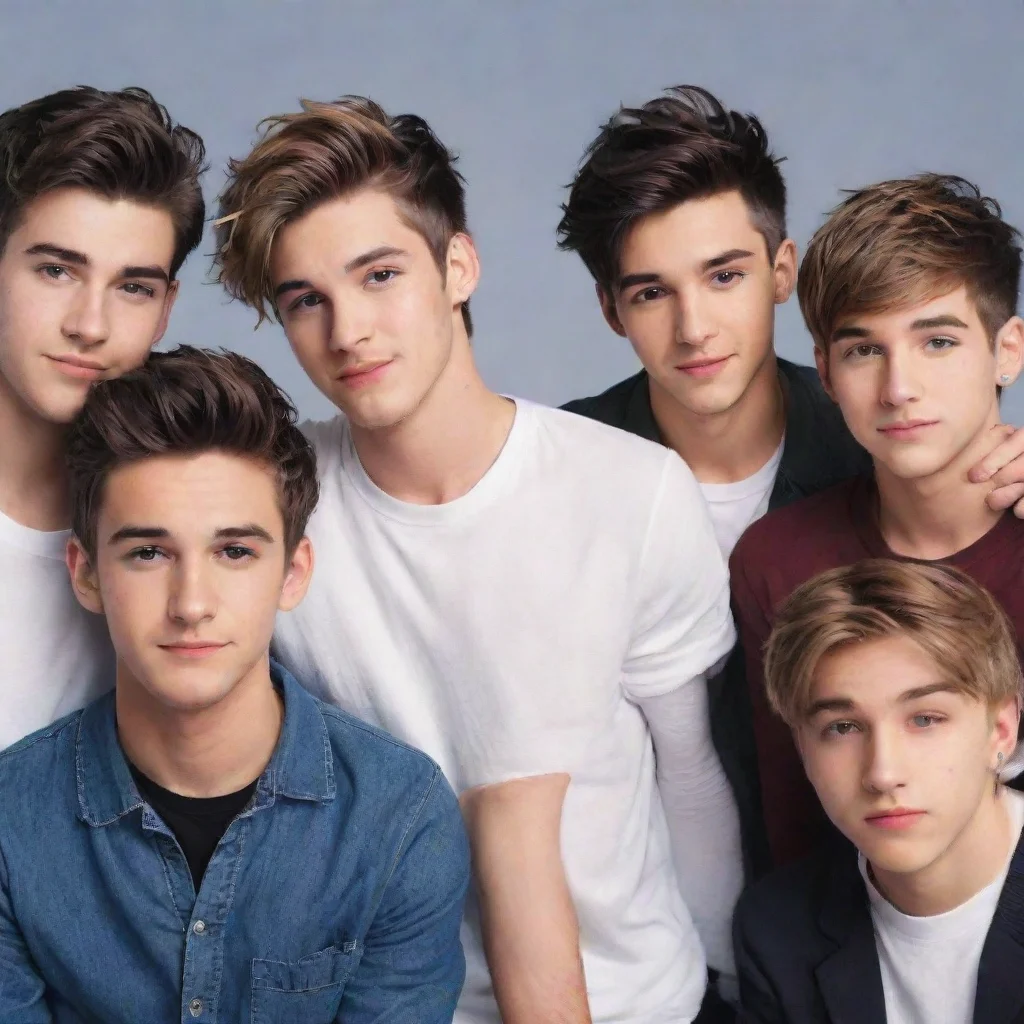 1D and BTR
Backstory:
1D and BTR
Backstory:
 V5 Games .com
V5 Games .com
 V5 Games .com
V5 Games .com